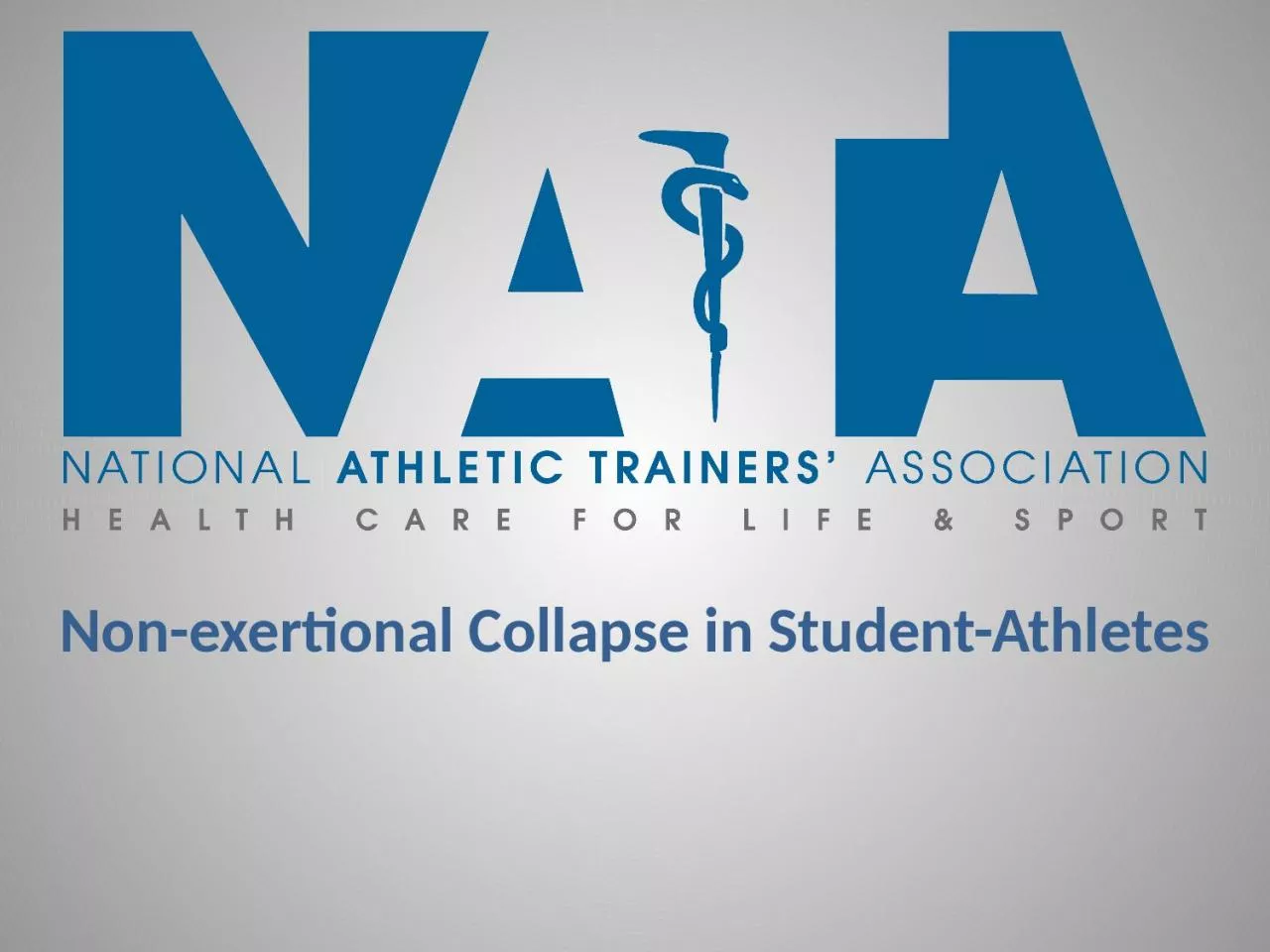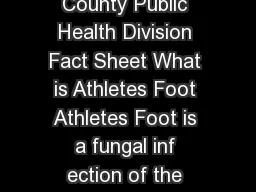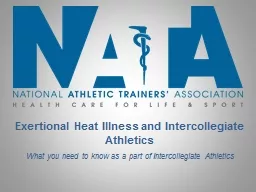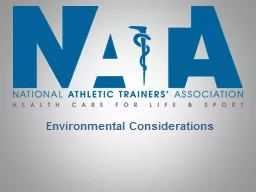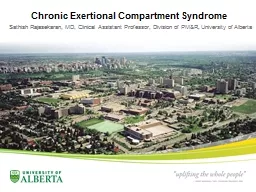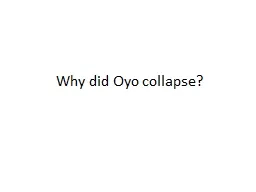PPT-Non-exertional Collapse in Student-Athletes
Author : naomi | Published Date : 2024-02-09
Syncope Brief loss of consciousness with spontaneous recovery Loss of postural tone and varying degrees of event recall also occur Vasovagal syncope is a specific
Presentation Embed Code
Download Presentation
Download Presentation The PPT/PDF document "Non-exertional Collapse in Student-Athle..." is the property of its rightful owner. Permission is granted to download and print the materials on this website for personal, non-commercial use only, and to display it on your personal computer provided you do not modify the materials and that you retain all copyright notices contained in the materials. By downloading content from our website, you accept the terms of this agreement.
Non-exertional Collapse in Student-Athletes: Transcript
Download Rules Of Document
"Non-exertional Collapse in Student-Athletes"The content belongs to its owner. You may download and print it for personal use, without modification, and keep all copyright notices. By downloading, you agree to these terms.
Related Documents

